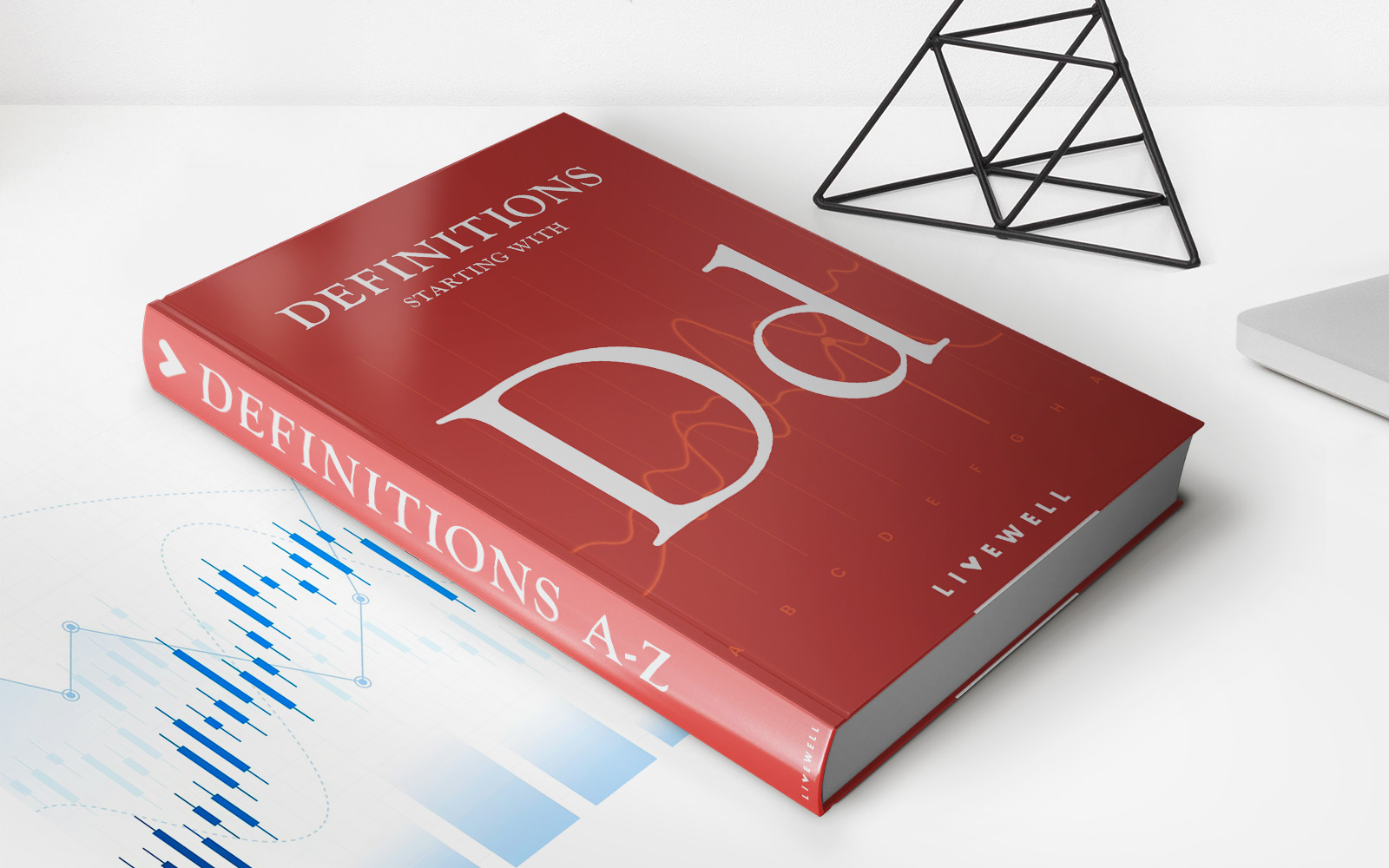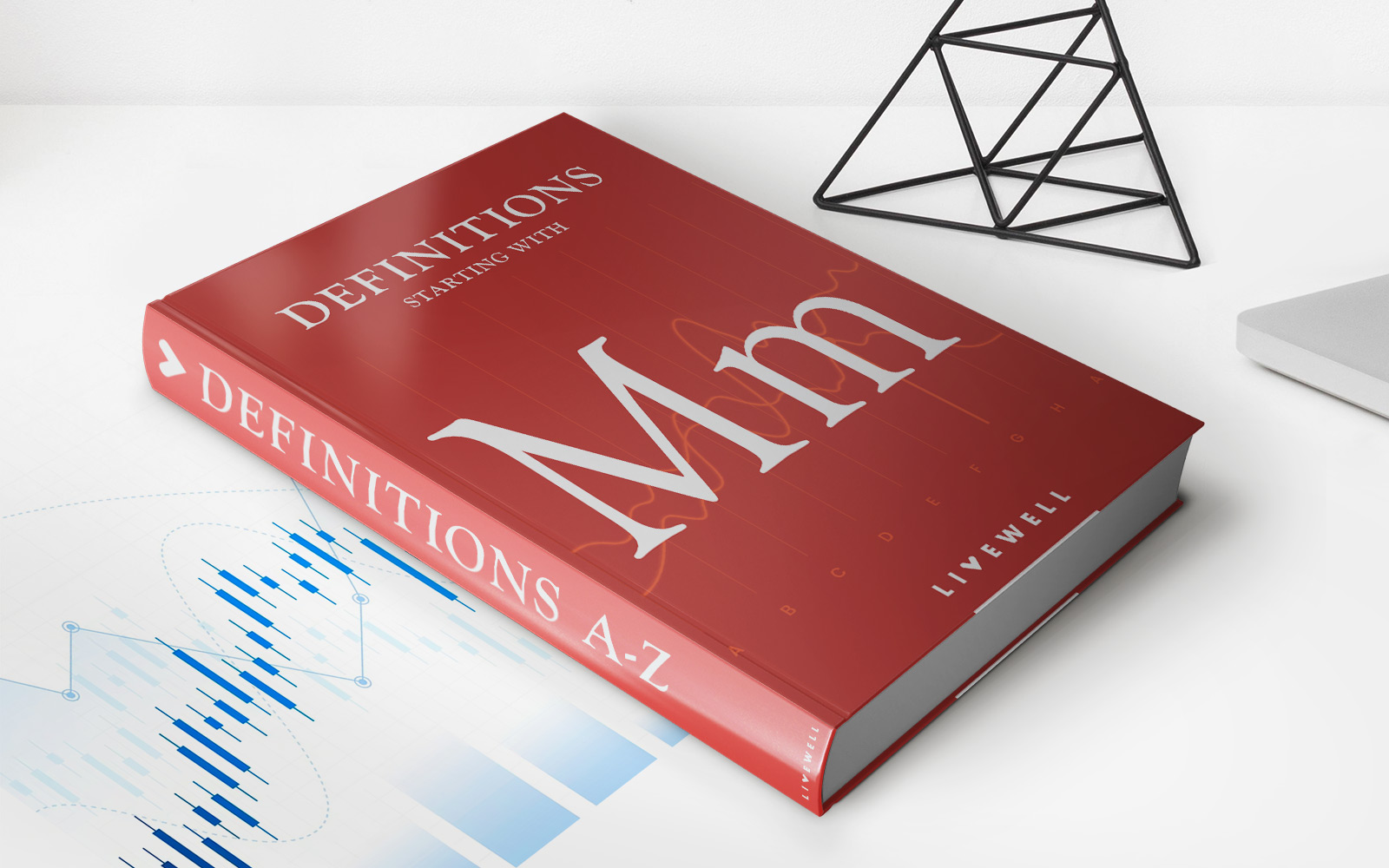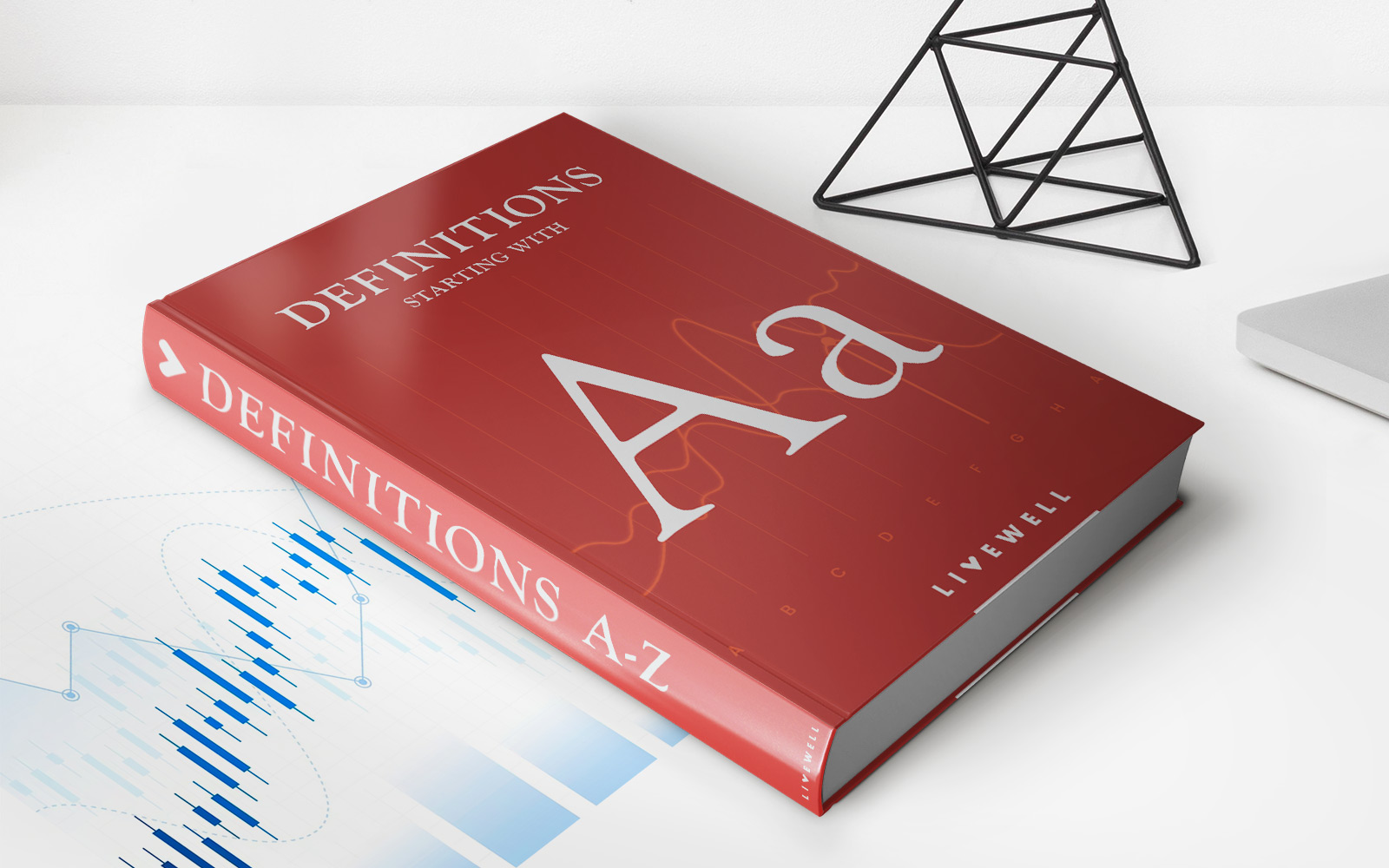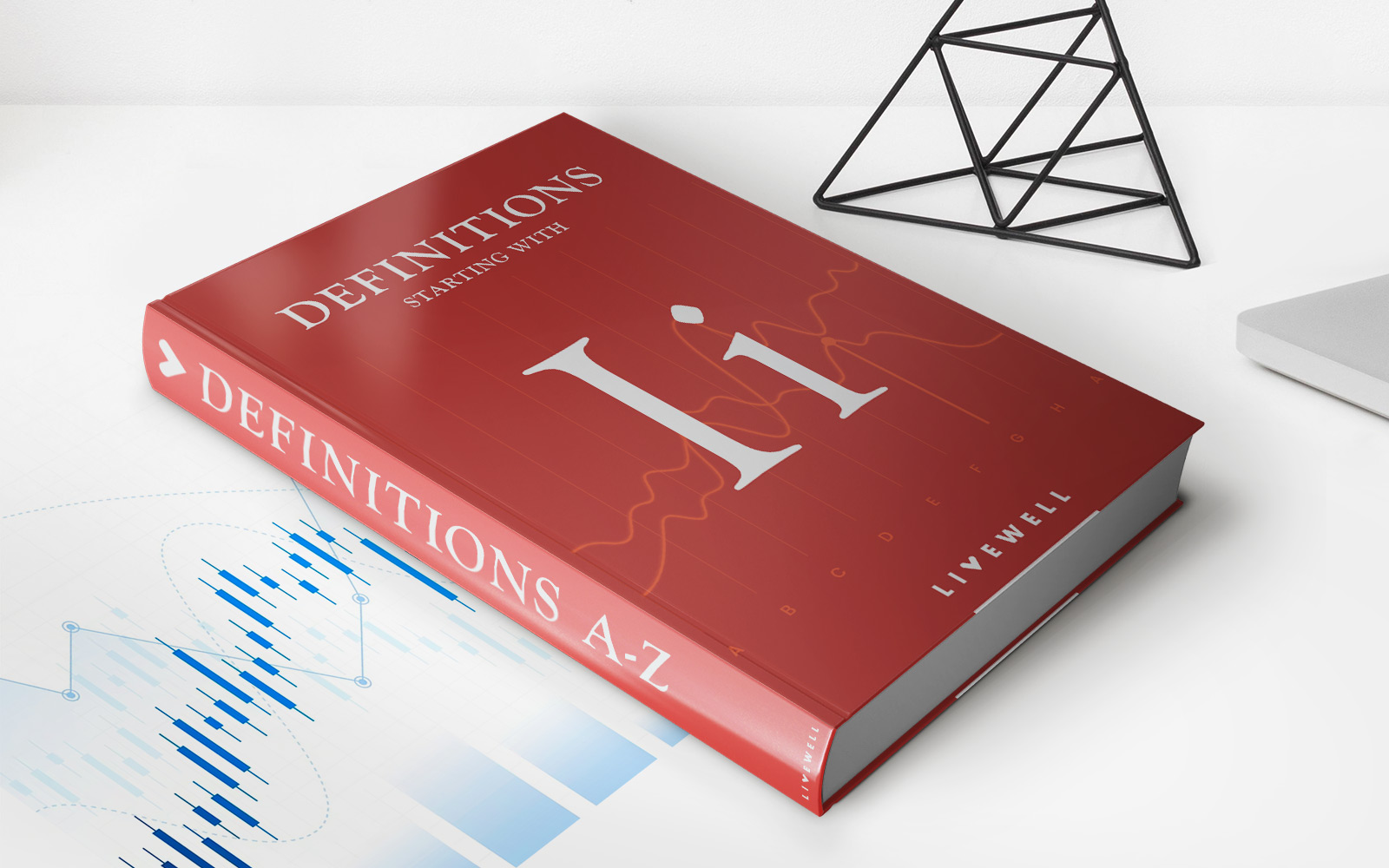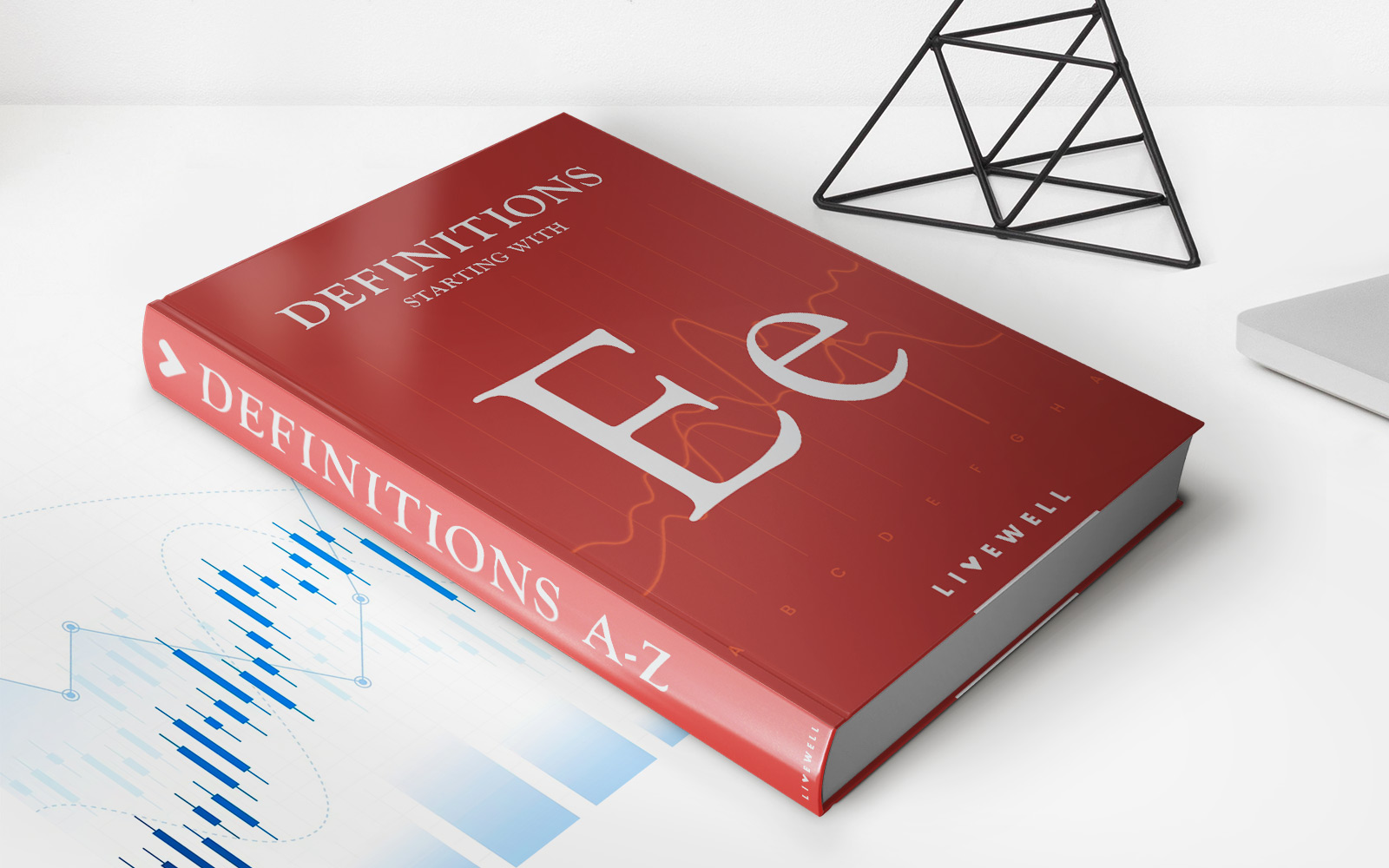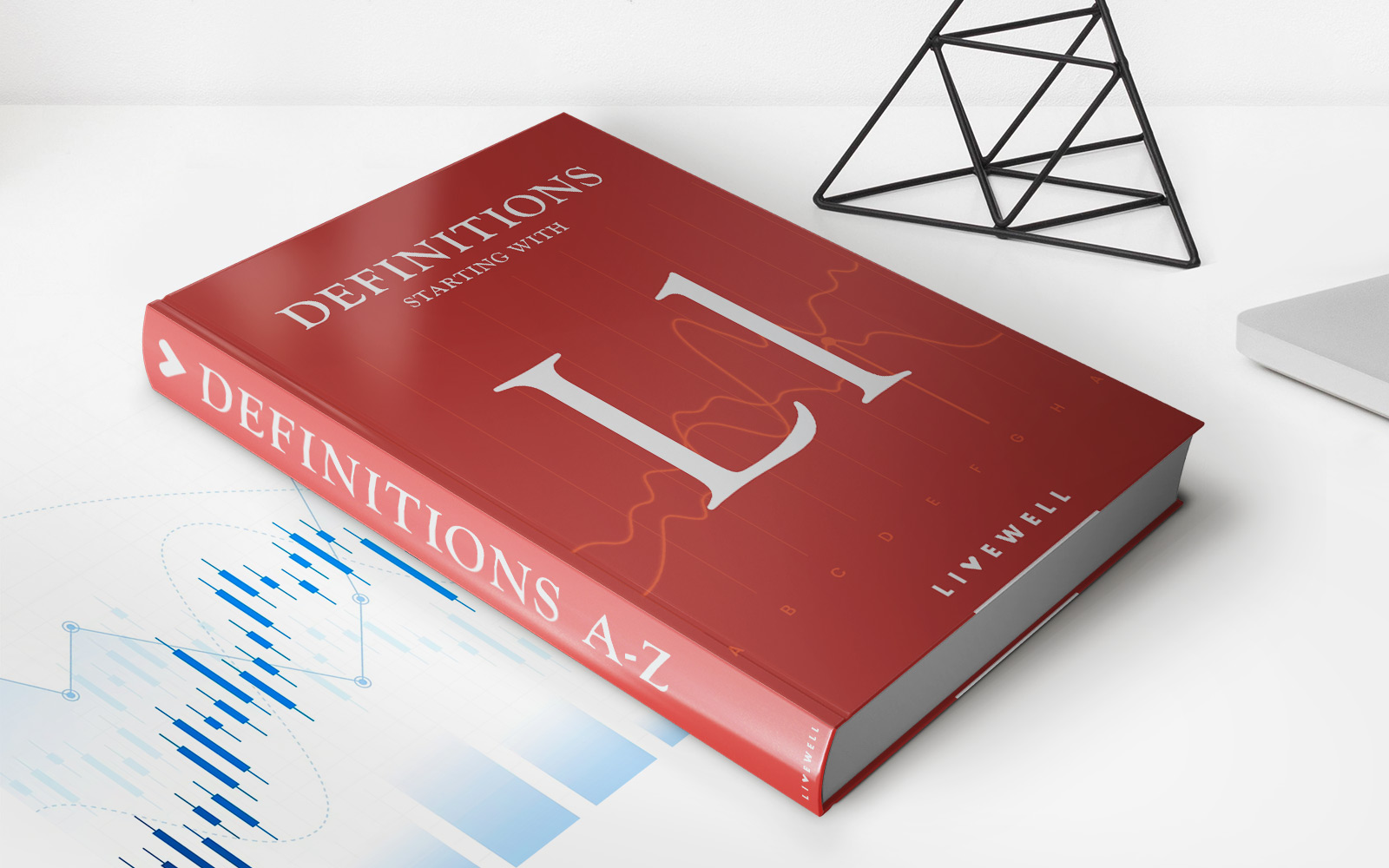

Finance
Linked Exchange Rate System Definition
Published: December 18, 2023
Learn about the Linked Exchange Rate System in finance and its definition. Understand how this system impacts global economies and currency markets.
(Many of the links in this article redirect to a specific reviewed product. Your purchase of these products through affiliate links helps to generate commission for LiveWell, at no extra cost. Learn more)
Understanding the Linked Exchange Rate System: A Comprehensive Guide
Globally, the financial landscape is governed by various exchange rate systems. One such system that stands out is the Linked Exchange Rate System. In this blog post, we will delve into the intricacies of this system and provide you with a thorough understanding of its definition, workings, and significance. So, whether you are an aspiring financial expert or simply curious about different monetary systems, read on to discover everything you need to know about the Linked Exchange Rate System.
Key Takeaways:
- The Linked Exchange Rate System is a monetary arrangement that pegs a country’s currency to another currency, primarily the US dollar.
- It aims to maintain stability in a country’s currency by ensuring a fixed exchange rate and adopting a disciplined approach to monetary policies.
What is the Linked Exchange Rate System?
The Linked Exchange Rate System is a monetary arrangement employed by several countries worldwide, predominantly in Asia. It involves pegging a country’s currency to another currency, often the US dollar. This means that the value of the linked currency remains fixed or fluctuates within a narrow band in relation to the anchor currency.
In practical terms, this means that a country following the Linked Exchange Rate System will set an official exchange rate between its currency and the anchor currency. The central bank of the country then commits to maintaining this fixed exchange rate by buying or selling its currency whenever necessary to stabilize its value.
The Linked Exchange Rate System offers several advantages for countries implementing it. It helps to promote stability in the country’s currency, attracting foreign investors, encouraging trade, and fostering economic growth. Additionally, it provides a disciplined approach to monetary policies, as the central bank needs to manage its reserves to maintain the fixed exchange rate.
How Does the Linked Exchange Rate System Work?
The Linked Exchange Rate System operates through a set of rules and mechanisms. Here’s a brief overview of how it works:
- The anchor currency: A country implementing the Linked Exchange Rate System selects an anchor currency, commonly the US dollar. This currency will serve as a reference point for the value of the linked currency.
- Exchange rate peg: The central bank of the country fixes the exchange rate between its currency and the anchor currency, typically within a narrow band of fluctuation.
- Intervention mechanism: To maintain the fixed exchange rate, the central bank intervenes in the foreign exchange market by buying or selling currencies. If the value of the linked currency exceeds the upper bound of the band, the central bank sells its currency, and vice versa.
- Reserve management: The central bank manages its foreign exchange reserves to ensure it has sufficient funds to support the Linked Exchange Rate System. This may involve accumulating foreign reserves through currency interventions or implementing monetary policies to safeguard the stability of the currency.
The Significance of the Linked Exchange Rate System
The Linked Exchange Rate System plays a vital role in maintaining financial stability in countries that adopt it. Here are some key reasons why it is significant:
- Exchange rate stability: One of the primary goals of the Linked Exchange Rate System is to provide a stable and predictable exchange rate. This stability fosters confidence among businesses, investors, and consumers, ensuring smooth economic transactions within and outside the country.
- Trade facilitation: By fixing the exchange rate, the Linked Exchange Rate System simplifies international trade activities. Importers and exporters can accurately calculate costs and plan their transactions without worrying about unpredictable currency fluctuations.
- Foreign investment attraction: Stable exchange rates make a country an attractive destination for foreign direct investment. Companies and investors are more inclined to invest in countries with a predictable currency value, reducing their foreign exchange risk.
- Monetary discipline: The Linked Exchange Rate System requires disciplined monetary policies to maintain the fixed exchange rate. This helps prevent excessive money supply, inflation, and speculative activities, leading to more stable and sustainable economic growth.
In conclusion, the Linked Exchange Rate System is a monetary arrangement that provides stability, predictability, and discipline to a country’s currency. By pegging the currency to an anchor currency, it ensures a fixed exchange rate, attracting foreign investment and facilitating international trade. Understanding this system is crucial for comprehending the intricacies of global finance.
